In 1797, the engraver and painter John Thomas Smith, who worked as the keeper of prints at the British Museum, came up with a revolutionary theory.
In his view, landscape paintings worked best not when sky and land were given equal weight, but when one or the other took up an entire two-thirds of the canvas. Contrary to popular wisdom, which favored the “formal half” or a one-to-one ratio, he wondered if the most appealing compositions, in fact, featured a different ratio altogether: one-to-two.
Smith’s theory predates the invention of the camera by about twenty years, but these days, we know it as one of the guiding principles of photography. Now, when we discuss composition, we still use the same term Smith coined all those years ago: the rule of thirds.
Once you understand this common photographic technique, you can learn to position your subject in any image so that the photo is both visually balanced and interesting to your viewers. In this article, we’ll explore the rule of thirds and how you can use it to your advantage.
What is the rule of thirds?
The rule of thirds is one of the easiest ways to experiment with your composition; it is simply a matter of placing the elements in your image so that each of them carries the proper amount of visual weight.
Imagine you are looking at a tic-tac-toe board. Notice how the lines on that board create three distinct horizontal sections and three distinct vertical sections. There are also four points where the lines intersect. According to the rule of thirds, placing your subject along a line or point on this grid will create a more dynamic composition.
You have the option to view a rule of thirds grid as an overlay in your DSLR viewfinder, and you can even look for a grid option in the camera settings on your phone. This can be helpful when you’re practicing the rule of thirds, but be wary of using it too much as it may interfere with your ability to visualize other compositions while you shoot. The best way to master the rule of thirds is to practice visualizing it in your mind.
How to use the rule of thirds
New photographers tend to put their subjects in the very center of the frame. While this can result in a strong composition under the right circumstances, it can also create static images that lack interest.
This is partly due to the way our eyes view a scene: they naturally try to follow the lines and points on the grid, even when the grid is not visible. It’s also due to another compositional element: balanced asymmetry. Usually, your subject will already carry the greatest impact out of all the elements in your image, so it wields a lot of visual weight. By positioning the subject so that it takes up approximately one-third of the image, you’re leaving enough negative space to balance that weight.
In landscapes
Try aligning your horizon line with one of the two horizontal lines on the grid. This keeps your viewer’s eye from getting stuck going side to side. If the sky is distractingly bright, this is an easy way to balance that punch of brightness with the more muted detail in the land portion of your image.
In portraiture
The eyes are usually the focus of a portrait, so try to line up your model’s eyes along the grid to give them high visual exposure. For group portraits, use stools, steps, or natural height strategically to utilize different areas of the grid.
Some things to consider
The rule of thirds is a great “cheat sheet” for getting dynamic compositions out of almost any scene. However, it’s not always the best choice for every photo. If you’re shooting in one of the following circumstances, the rule of thirds might not be right for your image.
You want something to have a larger-than-life effect
Platon is famous for his in-your-face portraits of celebrities and world leaders. You really get a sense of who they are, and for that kind of impact, the subject is the only thing that matters. Although some of his other work does use the rule of thirds, these pieces would only be hindered by it.
If you already use the rule of thirds too frequently
This rule is meant to stimulate creativity, not inhibit it. If you’ve come to rely heavily on the rule of thirds and notice that a lot of your work is looking eerily similar, it may be time to try something new.
You’re battling lens distortion
If you’re using a wide-angle lens, placing your subject in one of the outer thirds could cause them to appear too distorted. If that’s not the effect you are going for, switch lenses or switch photography rules.
The rule of thirds in post-processing
Sometimes we want a rule of thirds composition, but due to shooting circumstances, it’s not easy or possible on-location. If you’re shooting macro photography of insects, for example, you’re already using a lot of mental energy just to get the right point of focus before your subject moves on. In a situation like that, it can help to shoot just a little wider than you think you need. That leaves you room to crop for the rule of thirds in post-processing.
If you plan to do this, check your camera settings before you shoot. Be sure you are shooting in RAW and give yourself a nice, high-resolution file to work with so that you aren’t cropping away all of your image quality. Keep a copy of the original image in your backups in case you need to go back to the drawing board.
If you simply want to enhance the rule of thirds effect, you can use an adjustment layer mask (or in Lightroom, an adjustment brush) to draw attention to elements that line up with the grid. You can add a little pop of saturation, enhance the brightness, or do some selective sharpening to draw attention to those areas.
Practice is all it takes to master this rule completely. Try setting up a dedicated shoot for this technique and see how many different compositions you can think of. When you walk around without your camera, try visualizing compositions from the things you see around you that follow the rule of thirds. You can also gain a lot of inspiration from finding examples of images that use the rule of thirds to analyze.
Not on 500px yet? Sign up here to explore more impactful photography.

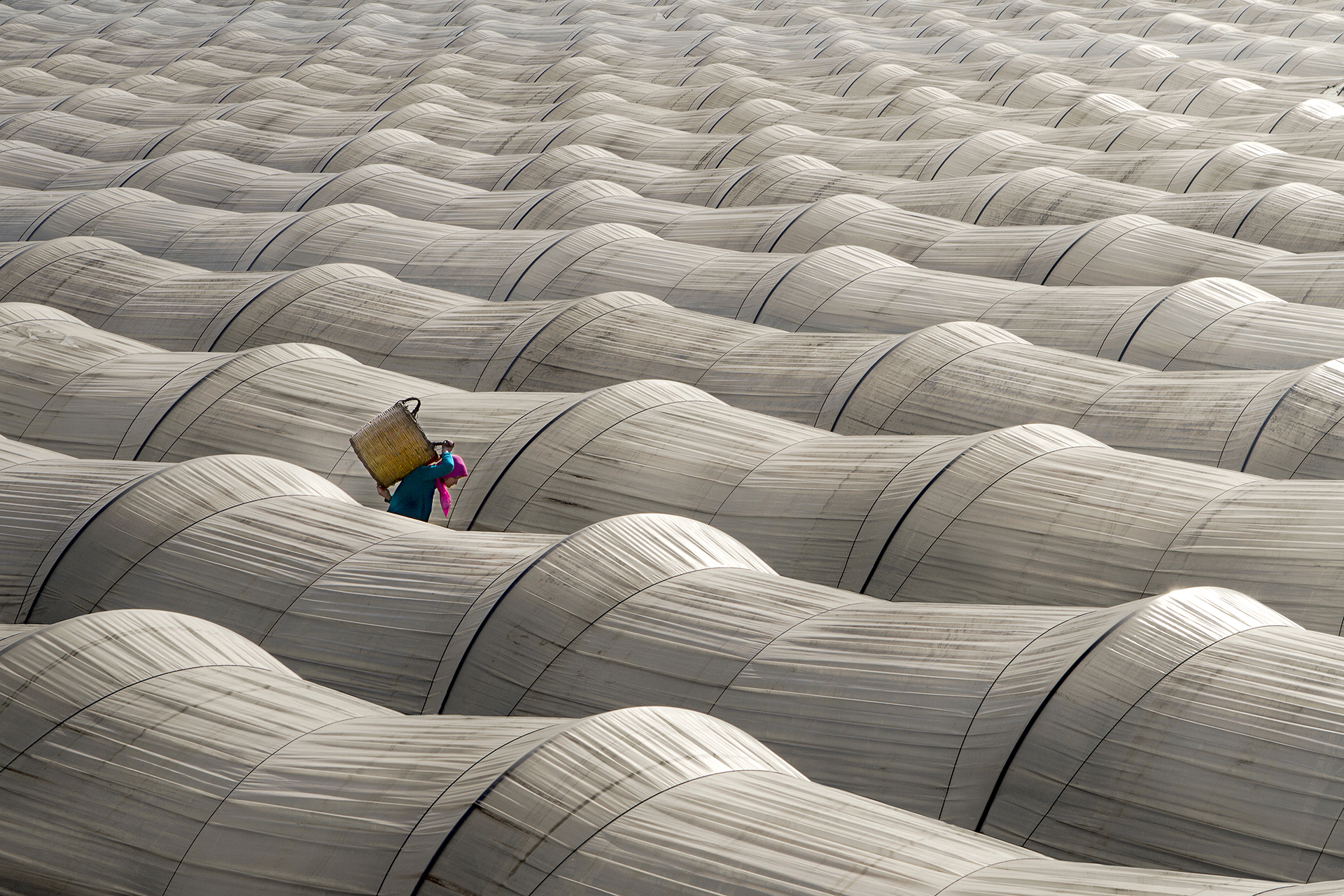
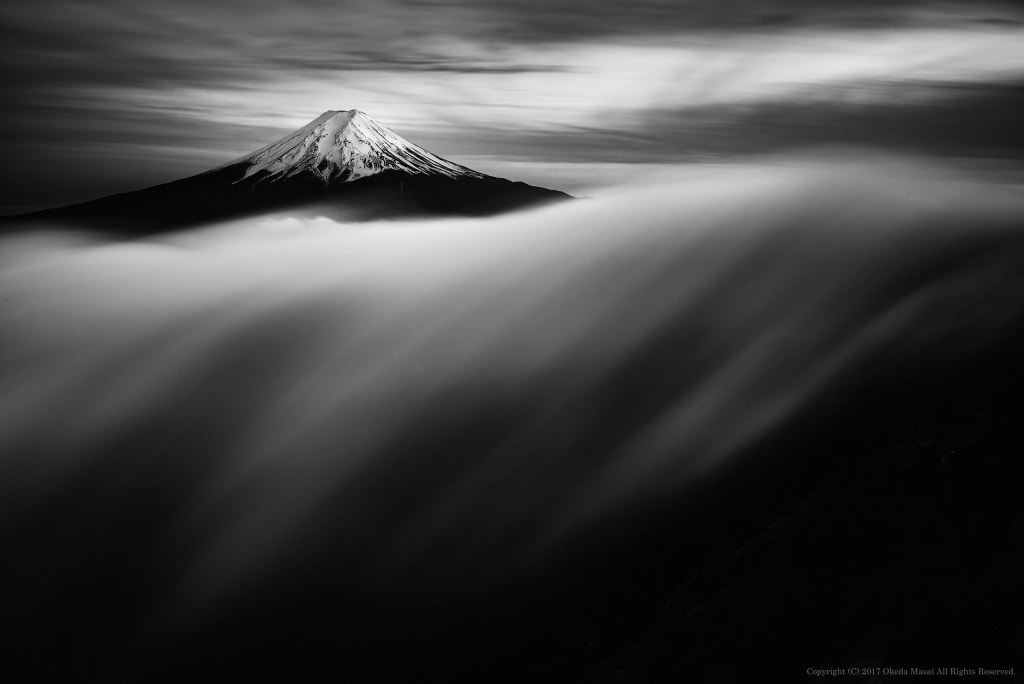
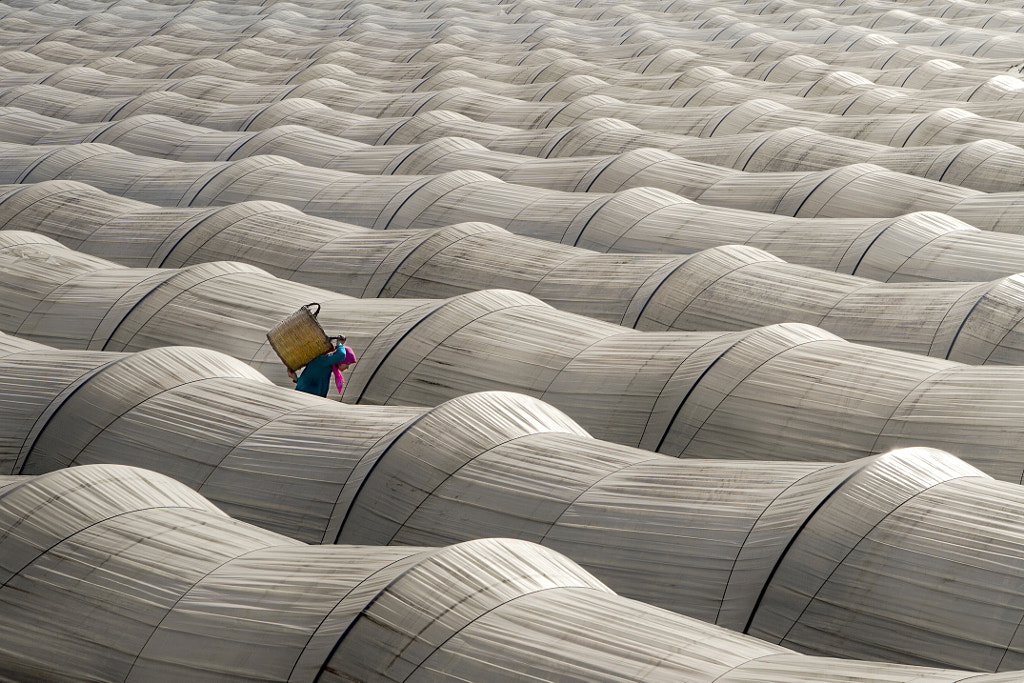
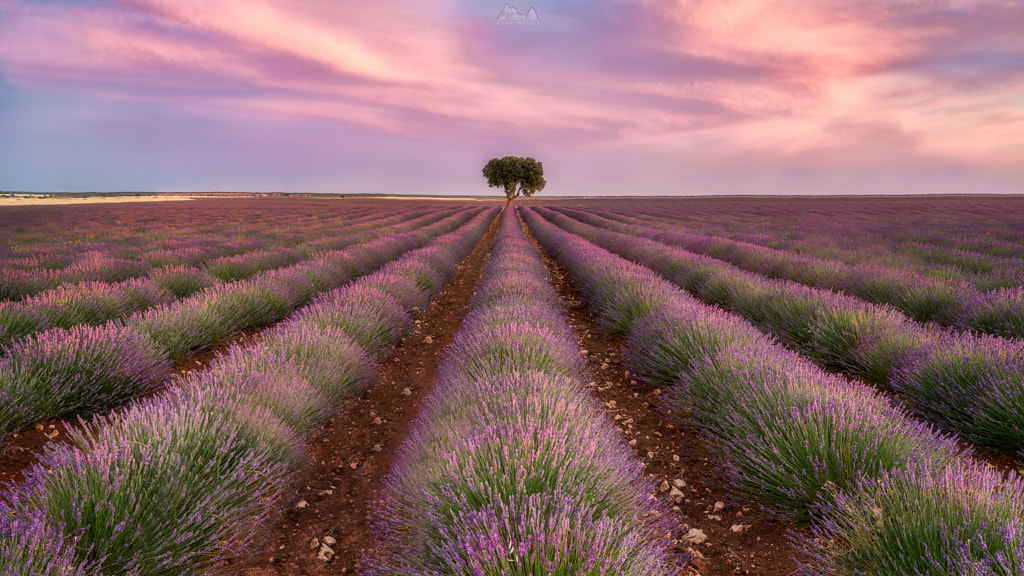
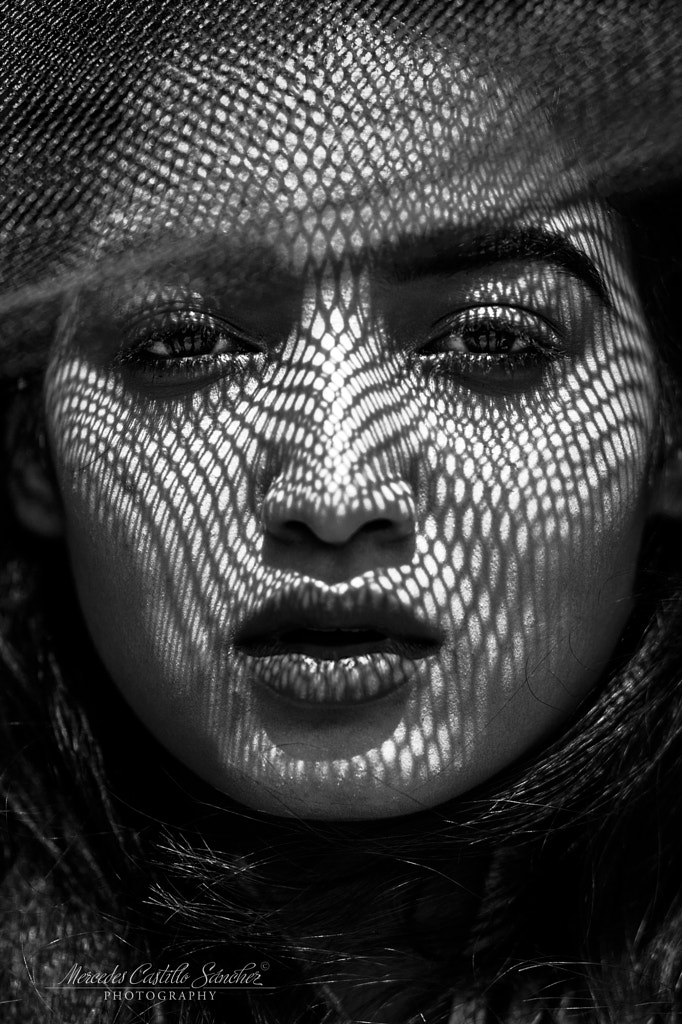

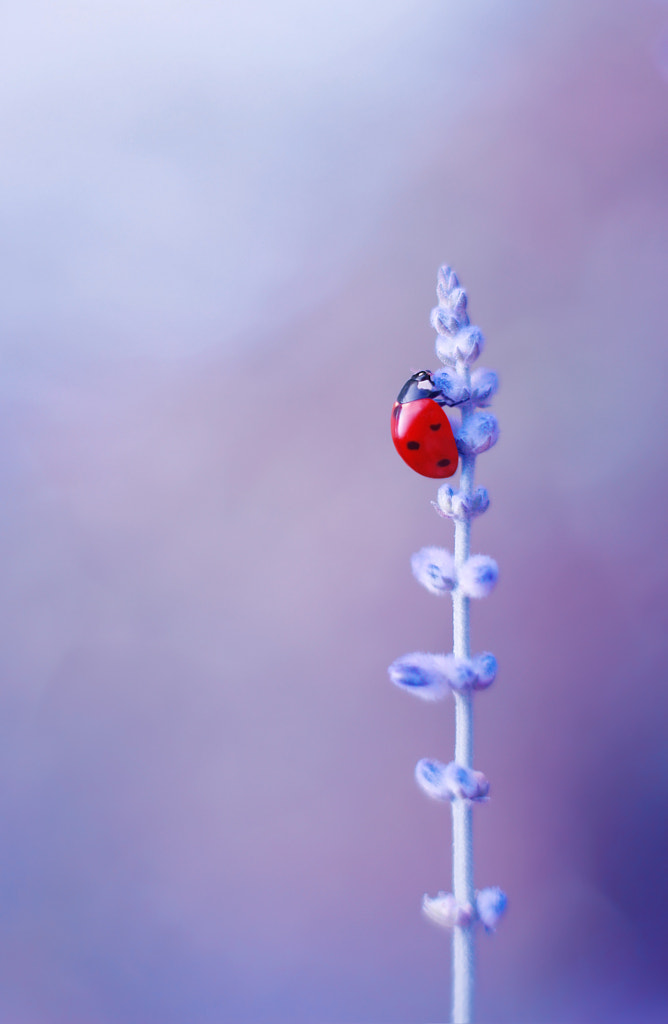
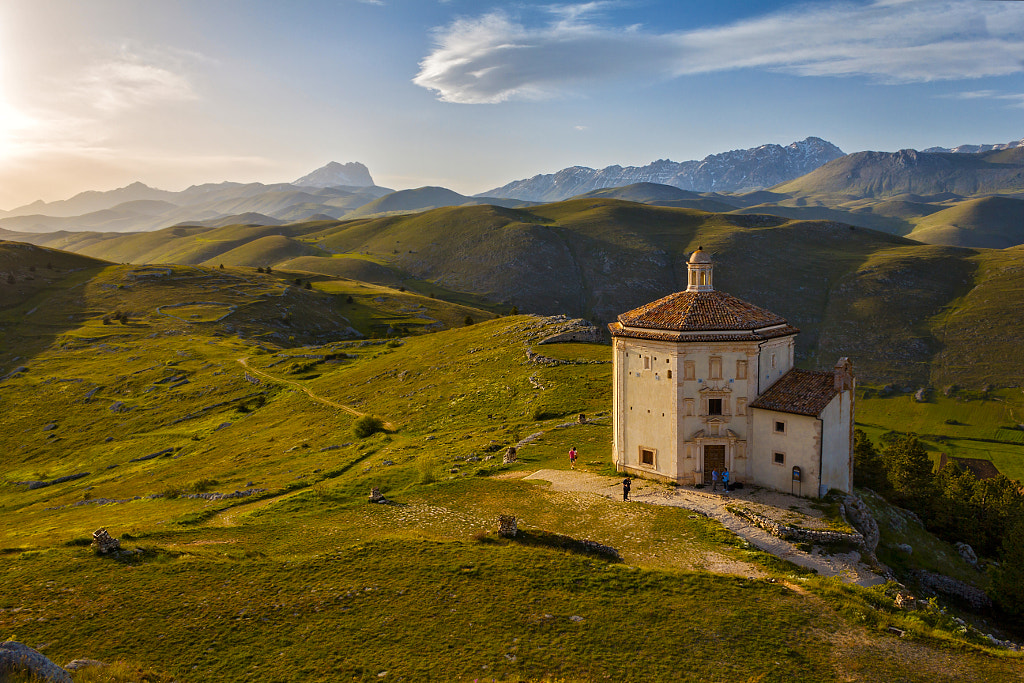

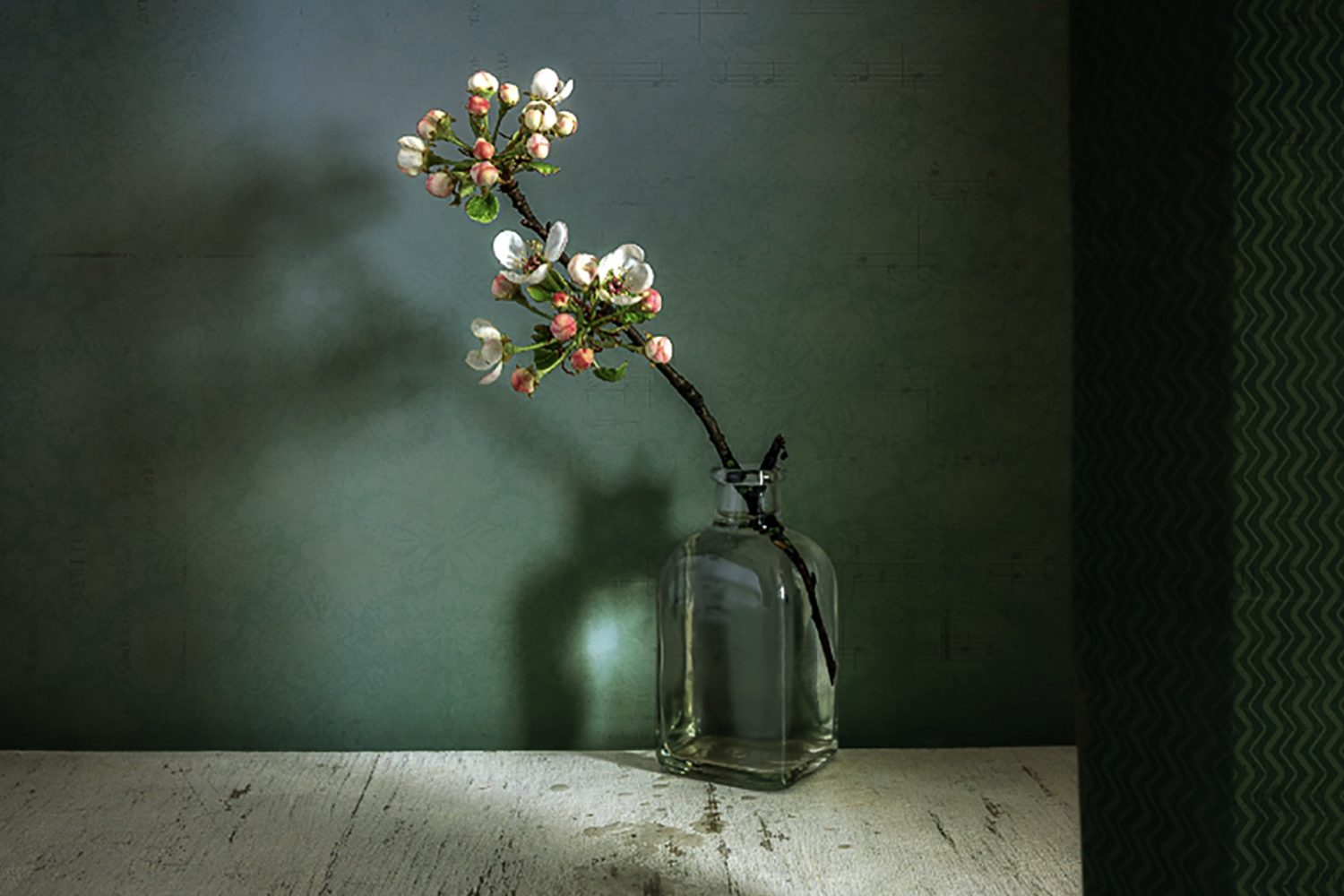
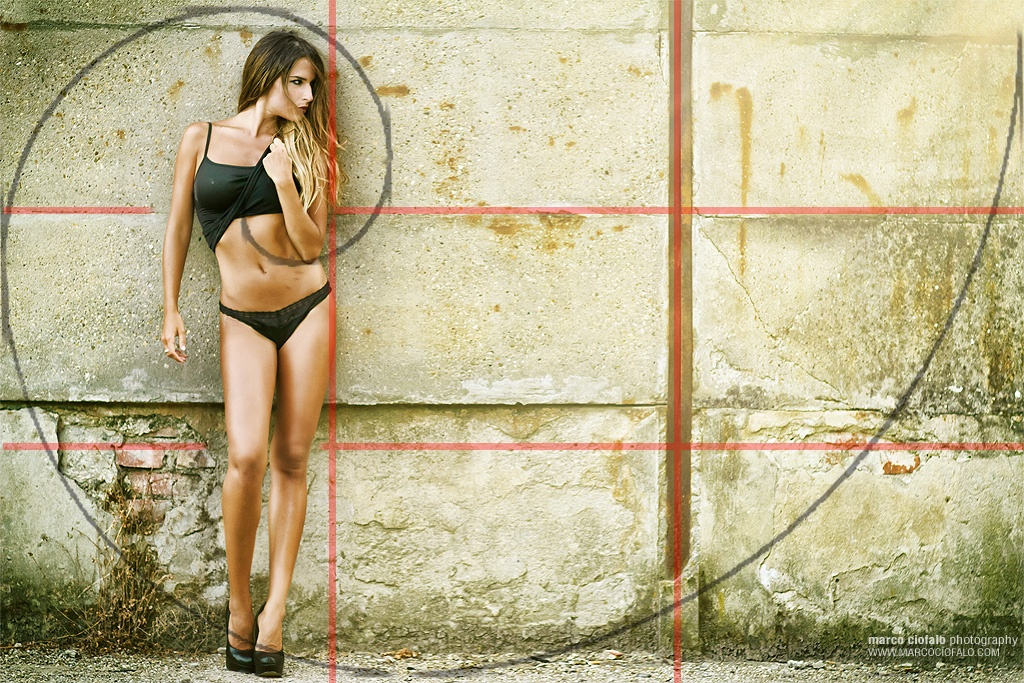
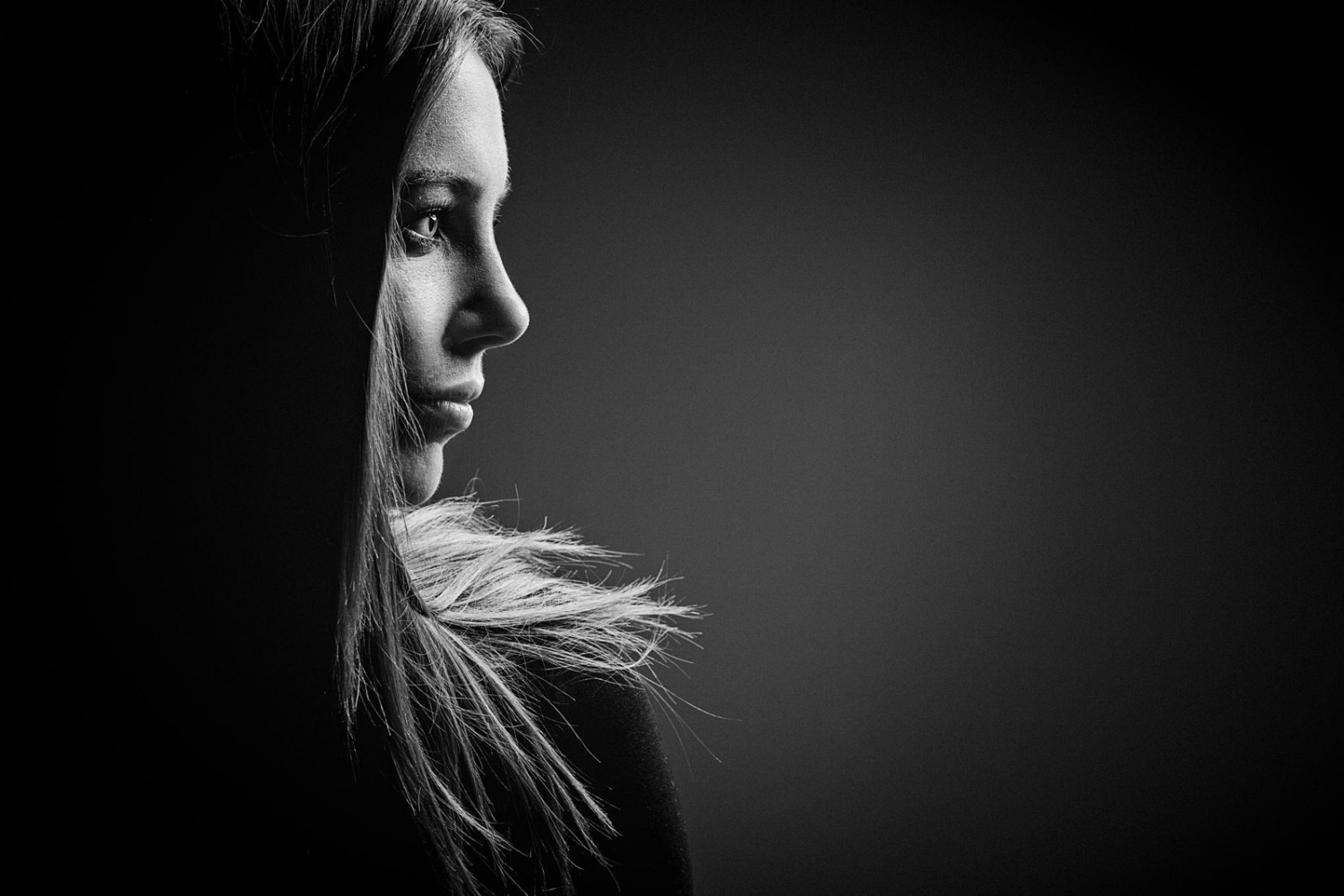

Leave a reply